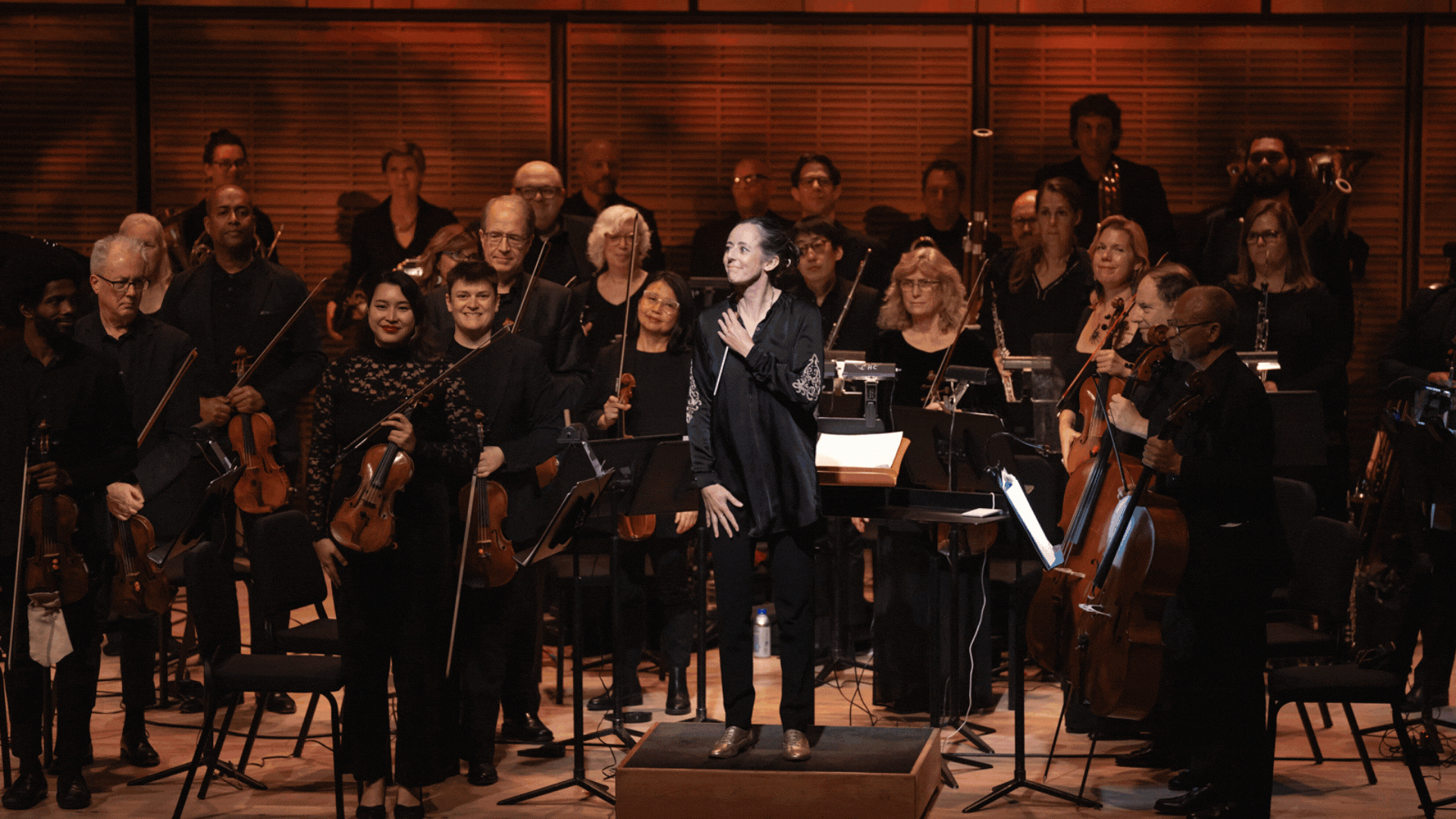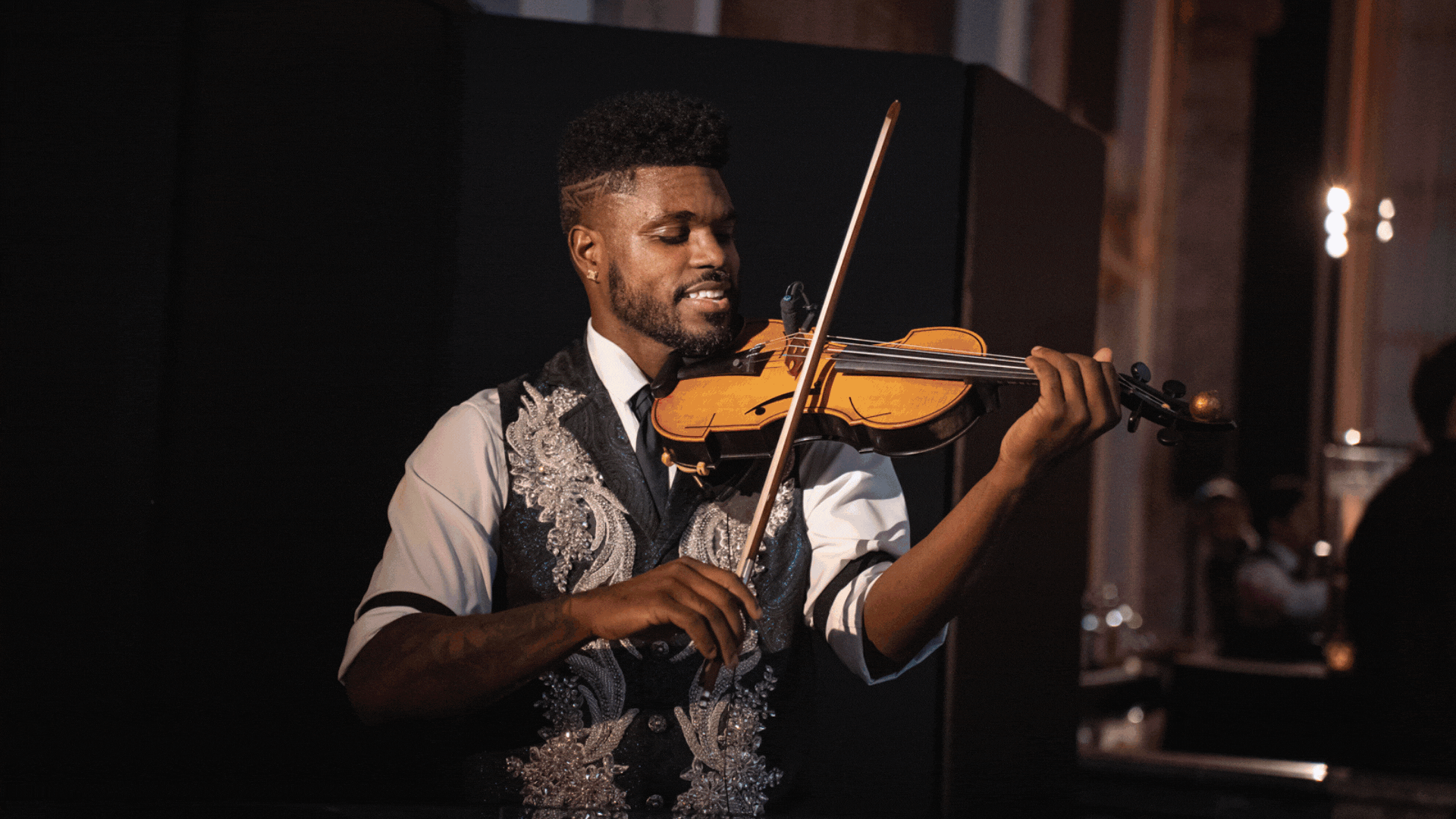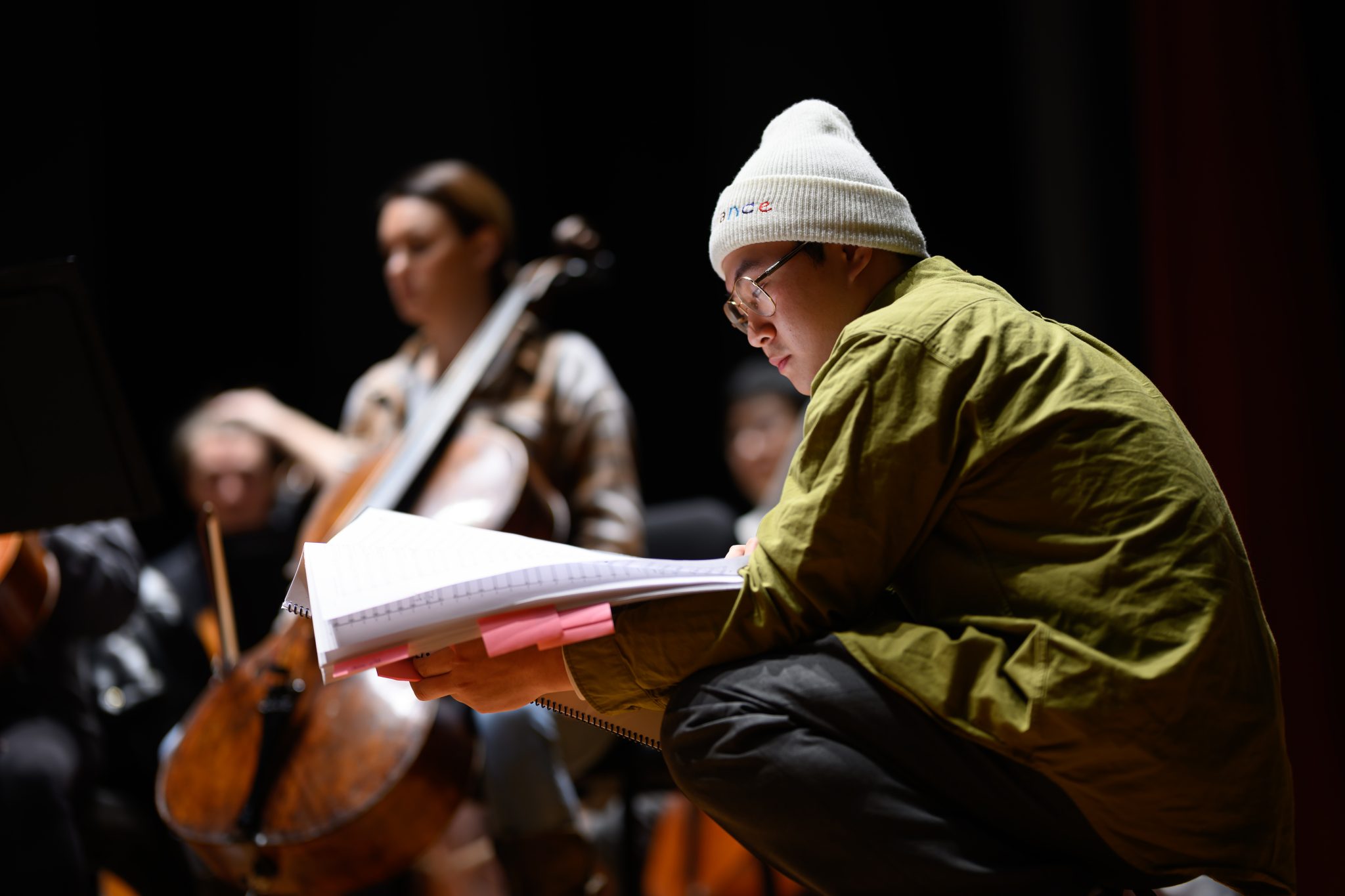Underwood New Music Readings - Composer Spotlight: Carlos Bandera
Composer Carlos Bandera embraces his fascination with musical architecture and music of the past to create works that often explore these subjects. His music has been performed in the Faroe Islands, Scotland, Uzbekistan, China, and US, including Carnegie Hall. In 2016, he organized and participated in a workshop between Peabody composers and the Uzbekistan-based contemporary music ensemble, Omnibus Ensemble. Carlos earned his Bachelor of Music degree at Montclair State University and his Master of Music degree at The Peabody Institute, where he participated in masterclasses with Christopher Rouse and Georg Friedrich Haas and studied privately with Kevin Puts.
Carlos’ piece Lux in Tenebris was selected for the 2018 Underwood New Music Readings where it will be workshopped and read by American Composers Orchestra and maestro George Manahan. Carlos spoke to us about the readings and his piece.
Rehearsals, workshops, and final readings are open to the public on June 21 and 22 at NYU's Frederick Loewe Theatre (35 W 4th St). RSVP here

Composer Carlos Bandera
American Composers Orchestra: What was your reaction to finding out your piece had been selected for the Underwood New Music Readings?
Carlos Bandera: I’m very sentimental about my piece Lux in Tenebris. It was the last piece that I finished as a master’s student at Peabody and is sort of the culmination of my studies and musical interests during that time. Finding out that I had been selected for such an amazing opportunity was incredibly exciting, particularly because it meant that this piece would be getting some more life.
ACO: You biography describes you as a composer fascinated by the music of the past, often using musical quotations in your works. In your program note, you write that the first section of your piece Lux in Tenebris quotes the main theme of the first movement of Bruckner's Eighth Symphony. Can you talk about how you go about dismantling and developing this theme, vs. how Bruckner goes about it in his Eighth Symphony?
CB: I use quotation in a lot of my recent works, though in a variety of different ways. In some pieces, I like to mask the use of a quotation, but that is definitely not the case in Lux in Tenebris. I use two quotations from the first movement of Bruckner’s Eighth Symphony, and when these quotations appear, they come to the forefront and pierce through the surrounding textures.
The quotations are presented similarly in Lux in Tenebris as to how they appear in the Eighth Symphony, at least in its orchestration. The context in which it appears, however, is quite different. The first quotation that I use is the main theme from the first movement. In the Eighth Symphony, the main theme is essentially the first thing you hear, but in Lux in Tenebris, the Bruckner theme appears after about two minutes of establishing a dense micropolyphonic texture. It may not always be audible, but tiny fragments of the theme are present throughout a great deal of my piece.
The second quotation is the last time the main theme is played in its entirety at the end of the first movement, which Bruckner described as “how it is when one is on his deathbed, and opposite hangs a clock, which, while his life comes to an end, beats on ever steadily: tick, tock, tick, tock.” Immediately after this quote is presented, the textures begin to outline C-major, as if the textures, which had persisted for much of the work, have become infused with Brucknerian light. The use of C-major is almost a quote in itself, as it represents the light in the darkness-to-light narrative of the entire symphony. I don’t want to say that in Lux in Tenebris, the textures represent darkness, and Bruckner represents light, because the quotes that are taken from the Eighth Symphony are in fact used to represent both light and death. I like to think of it as if the textures function as a sort of fabric through which elements that make up the darkness-to-light narrative of Bruckner’s Eighth Symphony are occasionally interwoven.
ACO: What are you doing to prepare for the readings? Are there any changes you have made to your piece?
CB: I’ve made some minor changes to the orchestration. The piece features a great deal of independence of parts, particularly in the strings, so I tailored this version of the piece specifically for the string section of the ACO. I must admit, I think I like this version better than the original version!
ACO: In 2016, you organized and participated in a workshop between Peabody composers and the Uzbekistan-based contemporary music ensemble, Omnibus Ensemble. Can you talk about what the Peabody composers and Omnibus Ensemble were able to learn from each other?
CB: Every composer that participated in the workshop was able to write for any combination of the instruments in Omnibus, so I think every composer learned something different. Omnibus is a remarkable ensemble that is comprised of both western instruments and traditional instruments of Uzbekistan, such as a Nay, Tanbur, and Chang. I think for me personally, this workshop gave me an opportunity to explore timbre in a new way by allowing me to experiment with blending these different kinds of instruments.
ACO: What do you hope to gain from the Underwood New Music Readings?
CB: I don’t know if there’s specifically something I hope to gain, but I’m really looking forward to hearing my piece, particularly with some of the changes I’ve made. I’m also incredibly excited to learn from the mentor composers and all the presentations, in addition to hearing the works by the other participating composers.
Hear Carlos's piece at the 2018 Underwood New Music Readings. Rehearsals, workshops, and final readings are open to the public on June 21 and 22 at NYU's Frederick Loewe Theatre (35 W 4th St). RSVP here
Learn more about Carlos at www.carlosbandera.com
Follow him on Facebook and Soundcloud
Corporate gifts to match employee contributions are made by Goldman Sachs, Deutsche Bank, Triton Container International Incorporated of North America, and Neiman Marcus.
Public funds are provided by the New York City Department of Cultural Affairs in partnership with the City Council, and the New York State Council on the Arts with the support of Governor Kathy Hochul and the New York State Legislature, Office of Brooklyn Borough President Reynoso, and the National Endowment for the Arts.






